 William Steinberg: Complete Command Classics Recordings (DG)
William Steinberg: Complete Command Classics Recordings (DG)
It’s hard to find a bad word said against conductor William Steinberg, cited by one critic as combining the best attributes of Toscanini and Klemperer. Born in Cologne in 1899, Steinberg served briefly as Klemperer’s assistant, his burgeoning operatic career halted when the Nazis took power in 1933; one anecdote describes brownshirts marching into a Steinberg rehearsal and snatching the baton from his hands before evicting him. Emigration in 1936 took Steinberg to Palestine to help establish the Palestine Symphony Orchestra, and he moved to New York two years later as Toscanini’s assistant at the NBC Symphony. Steinberg became a US citizen in 1944, his most enduring orchestral partnership being the one he formed with the Pittsburgh Symphony Orchestra between 1952 and 1976. Early recordings were made for the Capitol label, but this 17-CD box collects the LPs produced for the short-lived Command Classics imprint in the 1960s, the performances recorded onto 35mm magnetic film which allowed for greater dynamic range and textural clarity. If you're a fan of Eloquence's Mercury Living Presence reissues, you'll need to hear these.
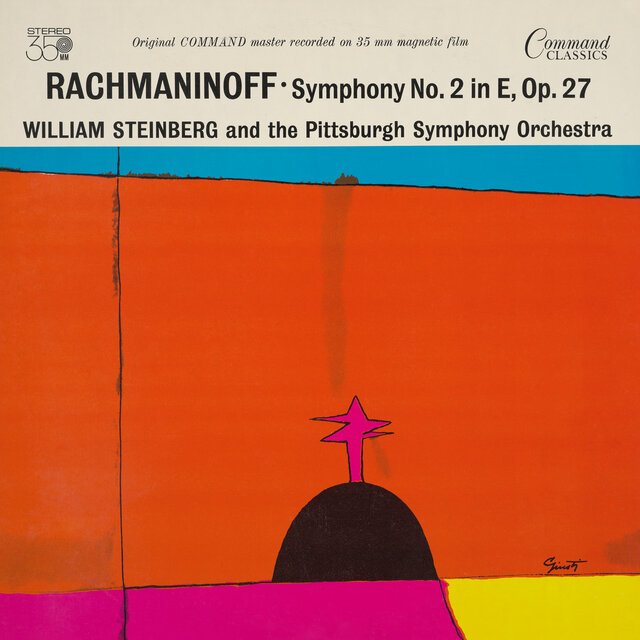 Steinberg’s lithe, exciting Beethoven cycle is a known quantity, first reissued by DG in 2020. Listen out for the tuba in No. 9, Steinberg using Mahler’s rescored edition of the score. A Brahms set is more variable, a slightly stodgy 1 and 4 offset by luminous accounts of nos. 2 and 3, the former’s outer movements especially exciting. There’s a lyrical, well-paced 1968 account of Bruckner 7, intriguingly coupled with the early Overture in G minor and Wagner’s Faust Overture. Plus a brilliantly played disc of Wagner bleeding chunks, closing with a suitably craggy take on Siegfried’s Funeral March. You’d expect Steinberg to turn in a dark, brooding Schubert 8 (he does), and it’s paired, unexpectedly, with a joyous, effervescent account of Symphony No. 3. We get a satisfyingly dark reading of Tchaikovsky’s 4th symphony, slightly let down by a rather sober finale, and an excellent account of Rachmaninov’s 2nd. Glance at the track timings and you’ll wonder how he gets through the work in less than 47 minutes, the answer being (the disc was made in 1961!) through fairly extensive cuts. Steinberg whips up plenty of excitement in the first movement’s development, and the abridged finale zips by.
Steinberg’s lithe, exciting Beethoven cycle is a known quantity, first reissued by DG in 2020. Listen out for the tuba in No. 9, Steinberg using Mahler’s rescored edition of the score. A Brahms set is more variable, a slightly stodgy 1 and 4 offset by luminous accounts of nos. 2 and 3, the former’s outer movements especially exciting. There’s a lyrical, well-paced 1968 account of Bruckner 7, intriguingly coupled with the early Overture in G minor and Wagner’s Faust Overture. Plus a brilliantly played disc of Wagner bleeding chunks, closing with a suitably craggy take on Siegfried’s Funeral March. You’d expect Steinberg to turn in a dark, brooding Schubert 8 (he does), and it’s paired, unexpectedly, with a joyous, effervescent account of Symphony No. 3. We get a satisfyingly dark reading of Tchaikovsky’s 4th symphony, slightly let down by a rather sober finale, and an excellent account of Rachmaninov’s 2nd. Glance at the track timings and you’ll wonder how he gets through the work in less than 47 minutes, the answer being (the disc was made in 1961!) through fairly extensive cuts. Steinberg whips up plenty of excitement in the first movement’s development, and the abridged finale zips by.
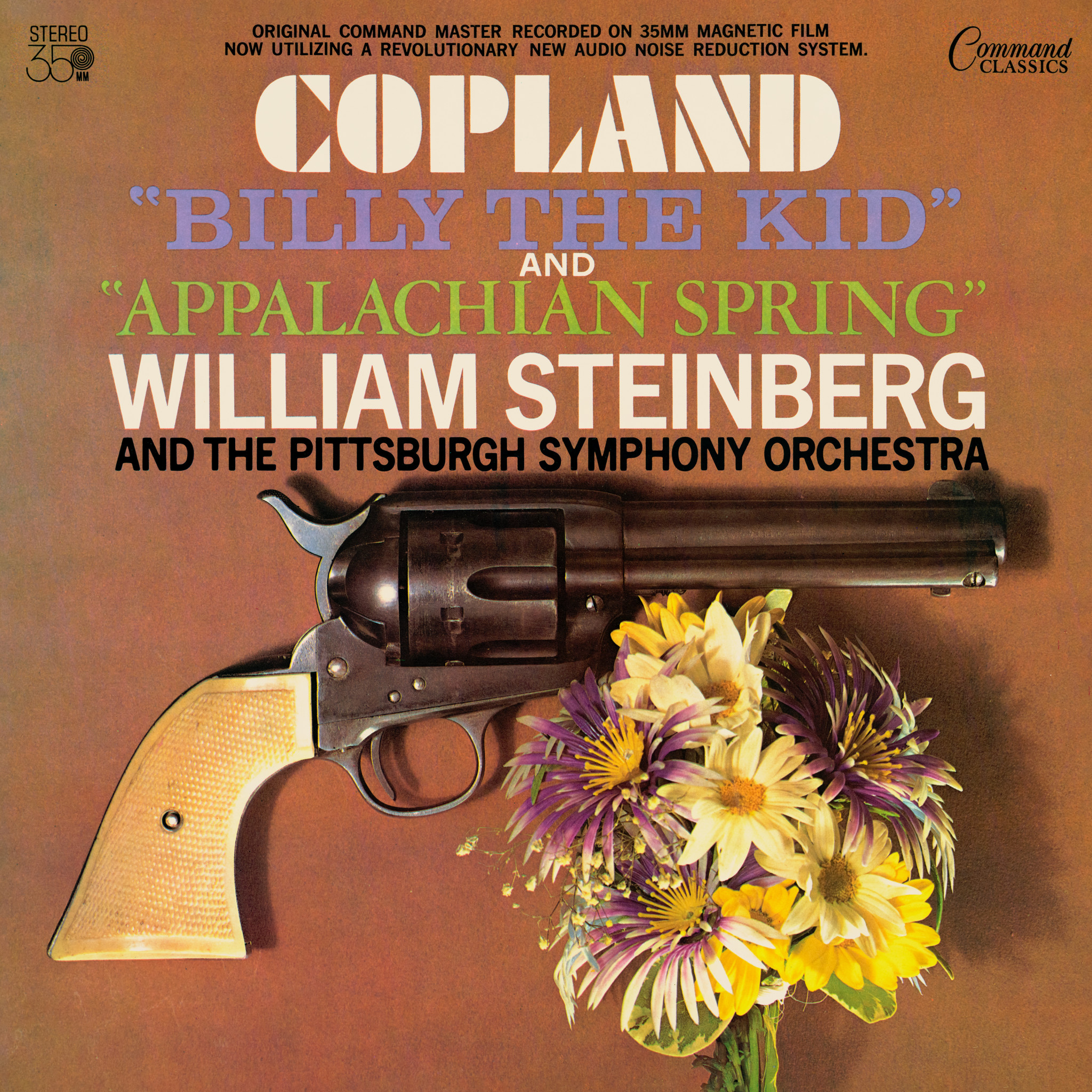 All good, then, Steinberg’s credentials as a superb orchestral trainer and interpreter of 19th century romantic music clearly second to none. The Pittsburgh Symphony was always a top-tier orchestra, its lower profile partly due to its not having a recording contract with a major label. What makes this box set essential are Steinberg's excursions into more unusual repertoire, showcasing his wide stylistic range. Who’d have thought that he’d turn in such idiomatic, colourful performances of the suites from Copland’s Billy the Kid and Appalachian Spring, both superbly played and captured in widescreen sound – the former’s gunfight is electrifying. The two ballets share disc space with Gershwin’s An American in Paris, with strident taxi horns in the bustling opening and a glorious bluesy trumpet solo at its heart. Though, listening to pin-sharp accounts of Stravinsky’s Petrushka and Shostakovich’s Symphony No. 1, we shouldn’t be surprised, Steinberg’s unerring ear for sonority invariably coupled with dramatic bite.
All good, then, Steinberg’s credentials as a superb orchestral trainer and interpreter of 19th century romantic music clearly second to none. The Pittsburgh Symphony was always a top-tier orchestra, its lower profile partly due to its not having a recording contract with a major label. What makes this box set essential are Steinberg's excursions into more unusual repertoire, showcasing his wide stylistic range. Who’d have thought that he’d turn in such idiomatic, colourful performances of the suites from Copland’s Billy the Kid and Appalachian Spring, both superbly played and captured in widescreen sound – the former’s gunfight is electrifying. The two ballets share disc space with Gershwin’s An American in Paris, with strident taxi horns in the bustling opening and a glorious bluesy trumpet solo at its heart. Though, listening to pin-sharp accounts of Stravinsky’s Petrushka and Shostakovich’s Symphony No. 1, we shouldn’t be surprised, Steinberg’s unerring ear for sonority invariably coupled with dramatic bite.
 More off-piste is CD11, containing Robert Russell Bennett’s ‘symphonic picture’ distillations of Porgy and Bess, My Fair Lady and The Sound of Music. Gershwin’s own Catfish Row suite is the best Porgy sampler, but Bennett’s is a lot of fun, and the playing here is sensational. The Frederick Loewe and Richard Rodgers medleys aren’t quite at the same level, but they’re dispatched with plenty of affection. Steinberg’s string orchestra transcription of Verdi’s E minor Quartet works well, coupled here with a selection of frothy encores by Berlioz, Bizet, Dvorak, Saint-Saens and Strauss. Recording dates and some technical information are provided, and Richard Evidon’s biographical essay is a useful read. All hail DG for resuscitating these long-forgotten performances and remastering them with such care. And it’s good to see the original sleeve designs too, especially those for the Brahms and Beethoven cycles.
More off-piste is CD11, containing Robert Russell Bennett’s ‘symphonic picture’ distillations of Porgy and Bess, My Fair Lady and The Sound of Music. Gershwin’s own Catfish Row suite is the best Porgy sampler, but Bennett’s is a lot of fun, and the playing here is sensational. The Frederick Loewe and Richard Rodgers medleys aren’t quite at the same level, but they’re dispatched with plenty of affection. Steinberg’s string orchestra transcription of Verdi’s E minor Quartet works well, coupled here with a selection of frothy encores by Berlioz, Bizet, Dvorak, Saint-Saens and Strauss. Recording dates and some technical information are provided, and Richard Evidon’s biographical essay is a useful read. All hail DG for resuscitating these long-forgotten performances and remastering them with such care. And it’s good to see the original sleeve designs too, especially those for the Brahms and Beethoven cycles.
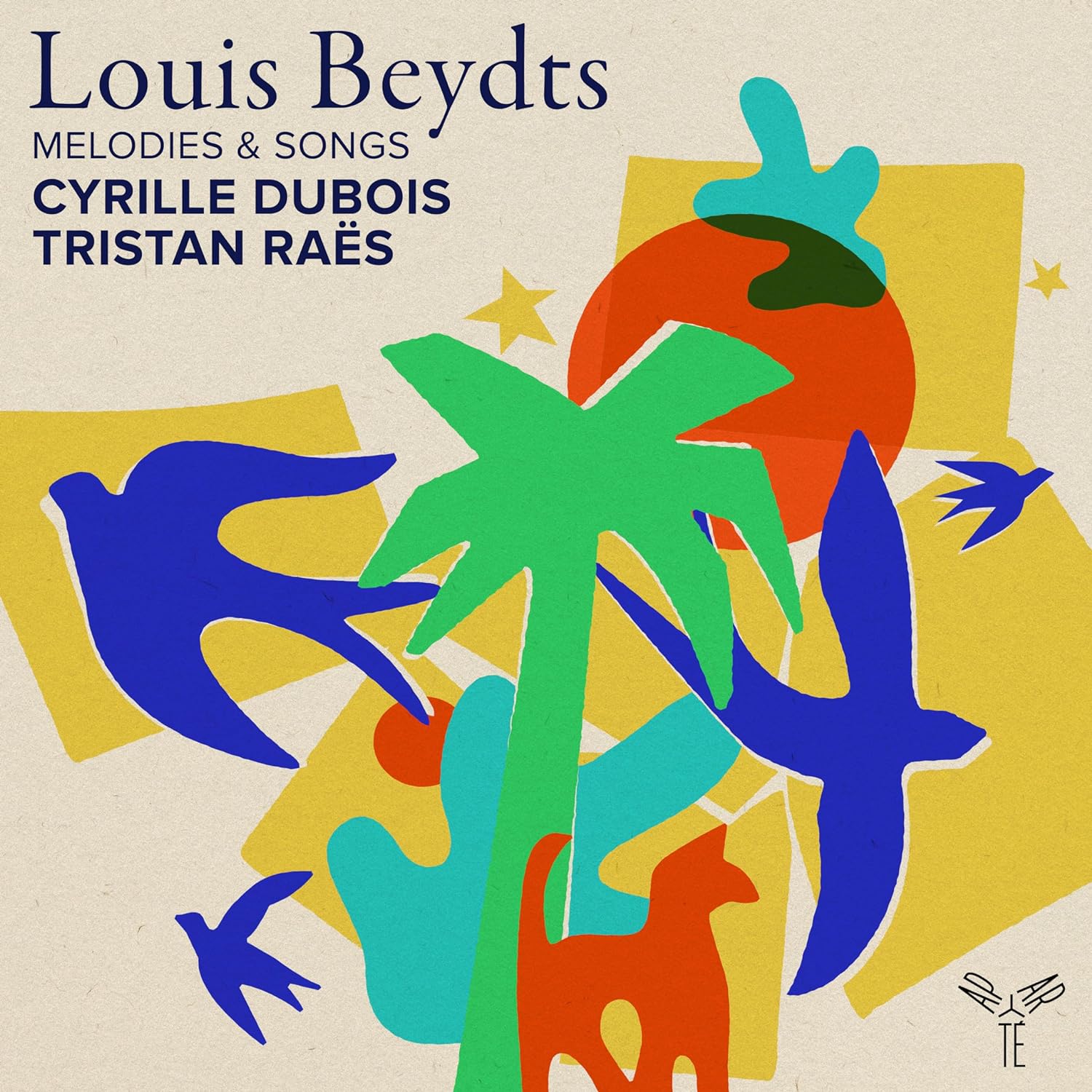 Louis Beydts: Mélodies & Songs Cyrille Dubois (tenor), Tristan Raës (piano) (Aparté)
Louis Beydts: Mélodies & Songs Cyrille Dubois (tenor), Tristan Raës (piano) (Aparté)
Tenor Cyrille Dubois and pianist Tristan Raës, who have been working together in the area of French song for over a decade, have unearthed little-known repertoire for this disc. Well over half of the 36 songs by Louis Beydts (1895-1953) here, from his output of around a hundred, are claimed to be premiere recordings – although it should be noted that the Korean-born soprano Gyehyun Jung did recordings for a 2021 thesis and makes a similar claim for several of the songs.
Beydts studied with André Messager and Reynaldo Hahn. He wrote operettas, plus the scores for over 20 films, and the Russian-born actor and director Sacha Guitry opened the door for him several times into writing music for the theatre. His character and his wit are described in the sleeve note as “witty, ironic and incisive”. Comparisons have been drawn with Poulenc, but, in all honesty, Beydts’ melodic gifts are not of the same heft. There is certainly a range of mood, but Beydts will often interrupt the flow of the song with splashy piano outbursts and an almost insatiable appetite for atonality and disruption, and his vocal lines are sometimes just wilfully odd or over-thought rather than in any way memorable.
Beydts’s settings also pale alongside the chansonniers: there are several settings of the poet Paul Fort on this disc, and yet this is a poet whose words respond far more naturally and simply to the songwriting genius of Georges Brassens (try “Le Petit Cheval Blanc”). And juxtapose Beydts’s setting of Apollinaire’s “Le Pont Mirabeau” with the classically atmospheric Léo Ferré version from 1955, and Beydts really isn't a contender. Sebastian Scotney
 Saint-Saëns: Lang Lang (DG)
Saint-Saëns: Lang Lang (DG)
Saint-Saëns only occupies about half the space in this double album, and his name is printed in considerably smaller type than that of pianist Lang Lang. I also harrumphed at Lang Lang’s assertion that Saint-Saëns’ Piano Concerto No. 2 is a neglected masterpiece – it’s virtually a popular classic, and it’s been recorded stacks of times. Still, good to hear a glossy new account, accompanied by the Gewandhausorchester and Andris Nelsons, though it won’t displace favourite recorded versions by the likes of Jean-Philippe Collard and Jeanne-Marie Darré. Here, the baroque opening flourish has the right improvisatory feel, Lang really emphasizing the doomy bass line. It’s one of the great concerto openings, capped by a thunderous minor chord played by full orchestra. A resonant recording balance makes the moment less startling than it can be, though one’s ears soon adjust, and there’s some eloquent playing from the Leipzig winds. The first movement’s dreamier passages are effective, though you half-suspect that Lang is itching to move onto the faster movements which follow. Both are fun, with soloist and orchestra perfectly synchronised in the “Allegro scherzando” and helter-skelter close to the “Presto”, one of the jolliest pieces ever written in a minor key. Carnival of the Animals precedes the concerto on the first disc, Lang’s wife Gina Alice joining him on second piano. It’s enjoyable enough, with some excitingly rhythmic playing in the faster numbers but feels a bit too loud in places, the hens, roosters and “animaux veloces” a little too assertive for comfort.
The second disc is mostly a treat, though, an interesting selection of French piano miniatures. Lang and Alice share a keyboard in Debussy’s Petite Suite and in a transcription of Saint-Saëns’ “The Swan”. Lang’s solo playing in Saint-Saëns’ breathtaking “Toccata d'après le cinquieme Concerto” is great, and will hopefully point newbies in the direction of the 5th Piano Concerto. Five pieces are by neglected female composers, with music by Louise Farrenc, Charlotte Sohy, Germaine Tailleferre, Mel Bonis and Lili Boulanger. Sohy’s little “Romance sans paroles” is delightful, as is “la toute petite s’endort” from a set of children’s pieces by Bonis. Lang plays it with disarming simplicity and affection, and I’m now curious to hear the rest of the cycle.
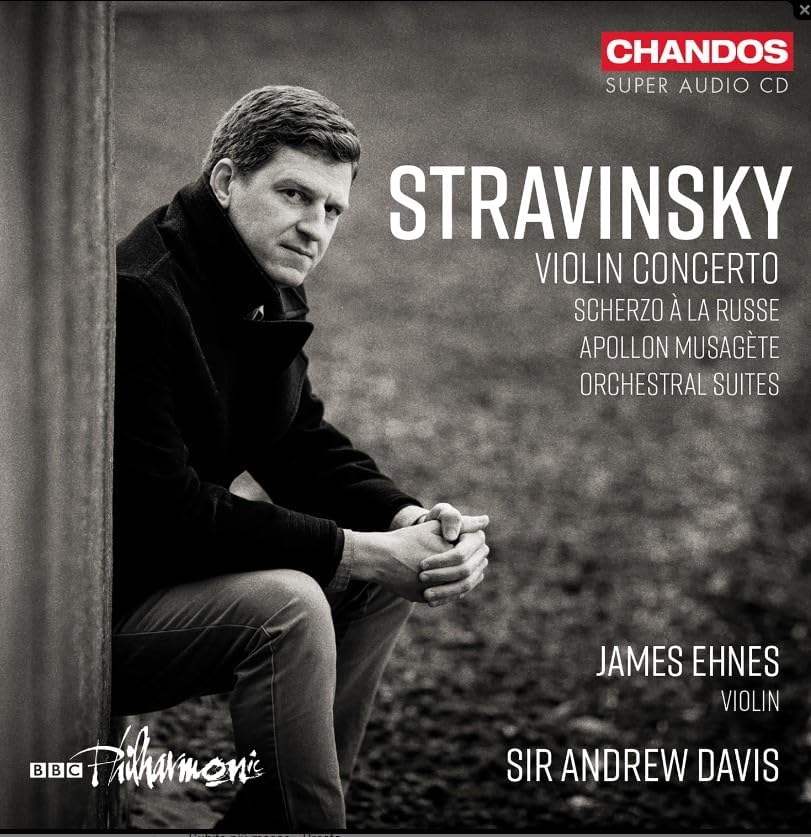 Stravinsky Violin Concerto et al James Ehnes (violin), BBC Philharmonic/Andrew Davis (Chandos)
Stravinsky Violin Concerto et al James Ehnes (violin), BBC Philharmonic/Andrew Davis (Chandos)
Stravinsky’s Violin Concerto comes from the 1930s, and kicked off the phase of his life touring with Samuel Dushkin as a violin-piano duo. It is also when Stravinsky was beginning to see conducting as a profitable way to supplement his composing income, and hence he conducted the premiere of the concerto in 1931. It has all the hallmarks of neoclassical – or more accurately, neo-Baroque - Stravinsky, from the bustling “Toccata” to open, two ornamented, piquant arias in the middle, and another fast workout to finish.
I like the first movement fast, and it is here. My favourite version is Hilary Hahn’s with Sir Neville Marriner, but that does threaten to lost control at times. James Ehnes and Andrew Davis keep things in hand but still have a strong sense of momentum. The second aria is a real tear-jerker for me. I find the way its endless violin filigree hides an overwhelming melancholia to be very affecting, and Ehnes has enough fragility in his sound, and Davis enough give and take in his accompanying, to absolutely hit the button. The last movement is back to the high-spirited Stravinsky of irregular phrasing and wrong-note harmony – and here the BBC Phil’s woodwind section come to life, dancing around the violin line.
The other major piece is Apollon Musagète, written three years before the concerto and causing consternation at the time as Stravinsky embraced a string orchestra, after years of more or less eschewing strings. Here the model is suddenly 17th century French ballet, and his crunching dissonances are replaced by a euphonious consonance, and habitual rhythmic dislocation by elegant lines and regular pulse. The opening movement, “The Birth of Apollo” is quite dreamy, not the statement of intent it can be, and there is a similar hesitancy about the first ”Variation of Apollo”. It’s only with the Tchaikovskian “Variation of Polyhymnia” that we get some bounce to go with the suavity. The second “Variation of Apollo”, my favourite movement, doesn’t quite have the bite and heft I like, before a muscular “Coda” and heartrending “Apotheosis” just about won me round. Overall: not entirely convinced by Apollon Musagète, but a thumbs up for the concerto – and for the sparkling playing from the BBC Phil in the two Suites for Small Orchestra that come in between. Bernard Hughes
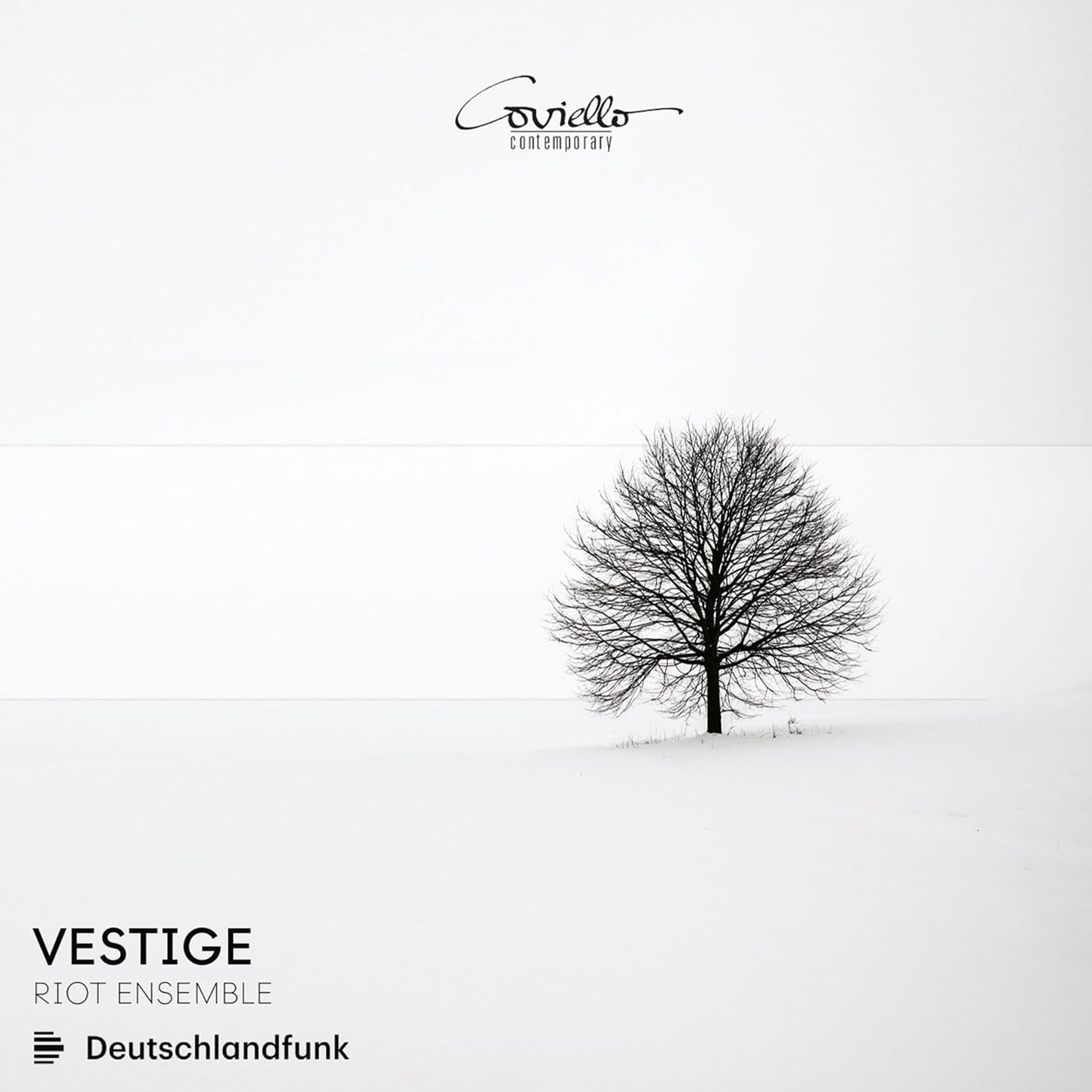 Vestige Sarah Dacey (soprano), Riot Ensemble (Coviello Contemporary)
Vestige Sarah Dacey (soprano), Riot Ensemble (Coviello Contemporary)
Riot Ensemble has been championing new and avant-garde music since 2012, giving over 300 world and UK premieres in that time. They are kind of what the London Sinfonietta was like in its early years, before it became part of the furniture. Riot Ensemble has broken down the walls of the establishment by being welcomed into the Wigmore Hall – better known for dead men than living women – and this CD programme started out at the Wigmore during Covid times. There are six performers on the disc, of which the headliner is the remarkable soprano Sarah Dacey, a fearless singer and composer, whose committed performances make the whole thing compelling. She is supported by various permutations of a string quartet and piano. They coax from their instruments a vivid range of sounds and textures, from the slides and squeals of Michaela Catranis’s the ghosts in these trees to the viol-like static chords of Alex Groves’s Three Forms.
But Vestige is really all about Sarah Dacey and her characterisations of these super-varied pieces. I won’t dwell on the technical difficulties because they are beside the point. Don’t listen to these pieces to be impressed: listen to them to be moved, confronted, challenged. Ashkan Behzadi’s az hoosh mi… starts with just a breath and grows into a song of intense ecstasy. Elizabeth Lutyens’s Requiscat memorialises Stravinsky with a hieratic ceremony for voice and strings, while the title piece, Naomi Pinnock’s vocal solo Vestige, is a haunting response to lockdown that offers up fragments of her past in a musical patchwork. Add in a striking cover illustration and beautiful booklet essay by Tim Rutherford-Johnson, this collaboration between Riot Ensemble and Deutschlandfunk on the Coviello Contemporary label is a strong recommend. Bernard Hughes

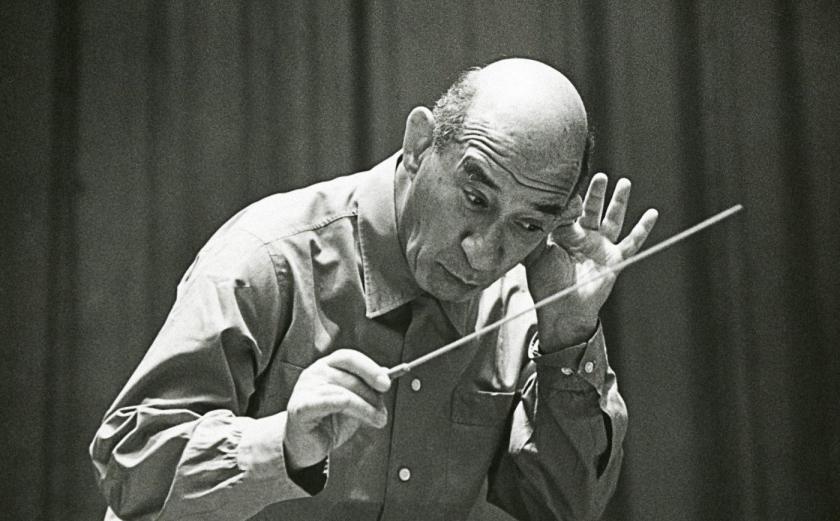












Add comment